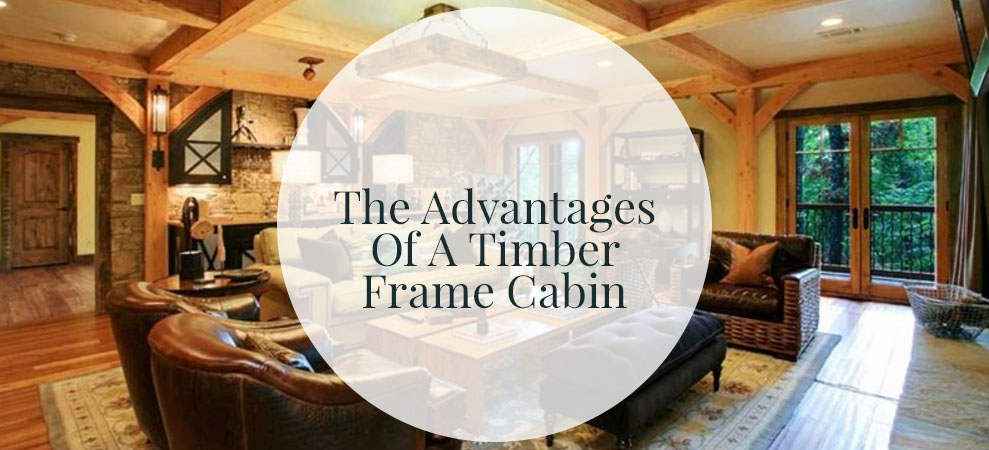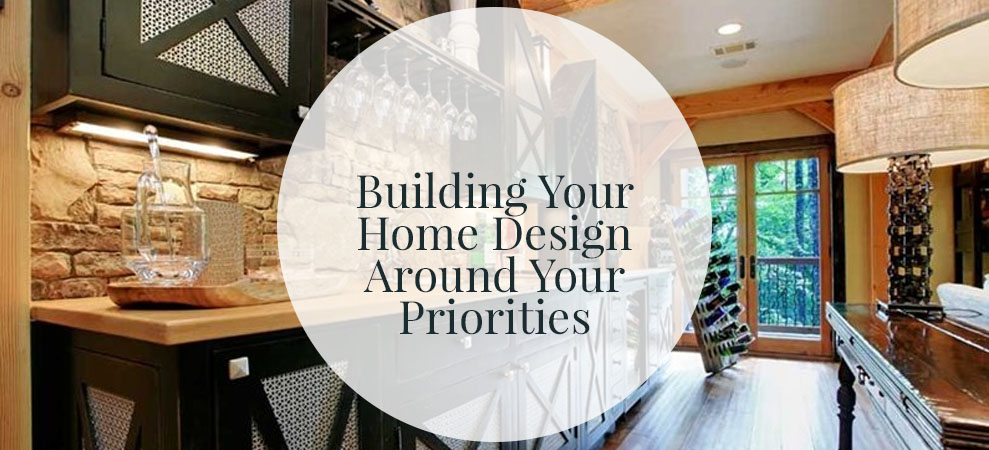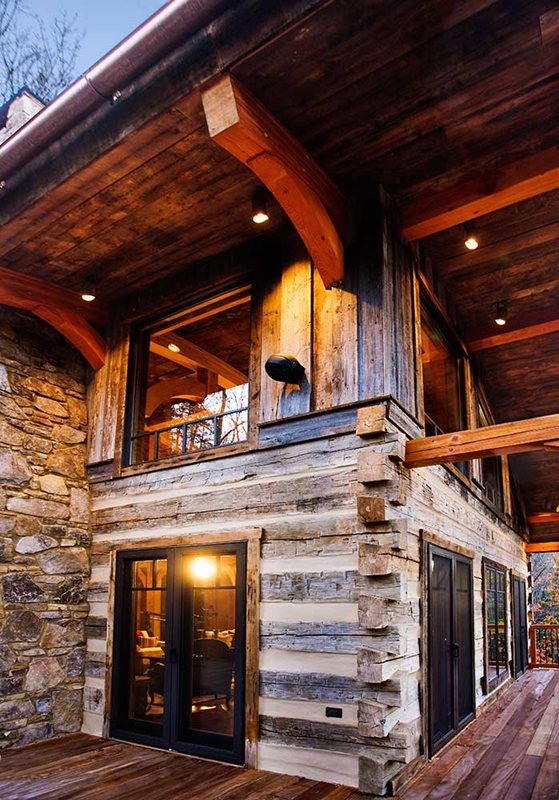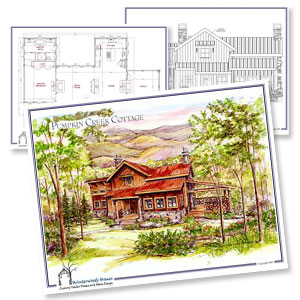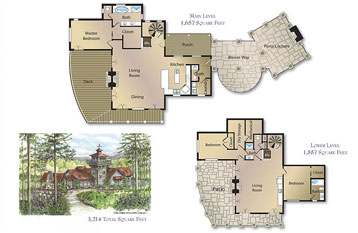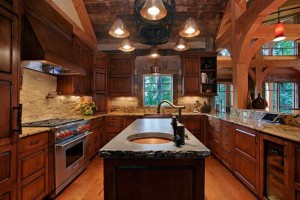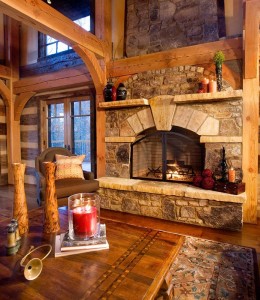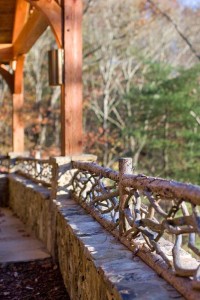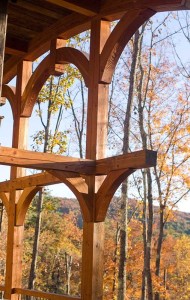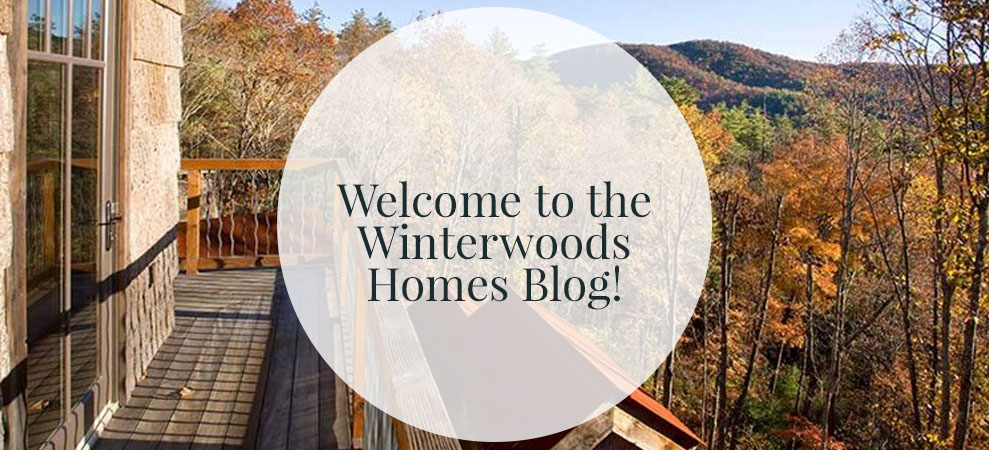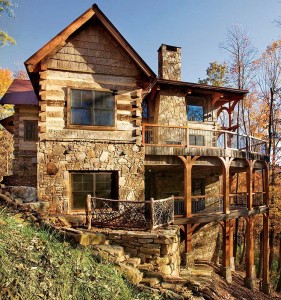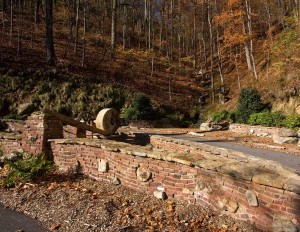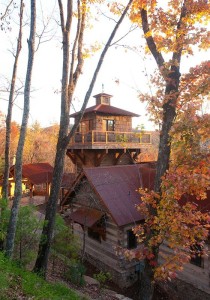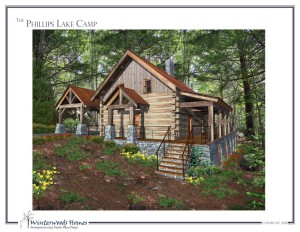
As Louis Sullivan – the late American architect – put it, “Form follows function.” And though aesthetic is an integral part of good design, it’s difficult to argue that it’s the most important part of architecture. After all, a building serves a utilitarian purpose: Its roof keeps you out of the rain. Its walls keep you warm. Its windows and spaces provide comfort. Sullivan derived this concept from Marcus Vitruvius Pollio, a Roman architect who noted that an edifice should embody three qualities: Firmitas, utilitas, and venustas – which is to say, a building should be solid, beautiful, and useful. Sullivan’s expansion on this concept states that form follows function as a law. He notes that this law is as true in nature as it ought to be in design: “Whether it be the sweeping eagle in his flight, or the open apple-blossom, the toiling work-horse, the blithe swan, the branching oak, the winding stream at its base, the drifting clouds, over all the coursing sun, form ever follows function, and this is the law.” Now, Sullivan’s quote might imply that an architect ought to place more weight in the “usefulness” and “solidity” of an object, over its beauty. One might say that a designed object must be utilitarian before it is beautiful. In this school of thinking, an architect should consider the function of a building before assessing its aesthetic.
Now, this idealism flies in the face of aestheticians, such as John Ruskin and William Morris, two prominent Arts and Crafts era designers. Arts and Crafts thinkers embrace the beauty and dedication inherent in producing art. Kenneth Clark – a British historian, author, museum director, and broadcaster – identified some of the Arts and Crafts ideals which his forerunner John Ruskin originally described:
- “Art is not a matter of taste, but involves the whole man. Whether in making or perceiving a work of art, we bring to bear on it feeling, intellect, morals, knowledge, memory, and every other human capacity, all focused in a flash on a single point. Aesthetic man is a concept as false and dehumanising as economic man.
- Even the most superior mind and the most powerful imagination must found itself on facts, which must be recognised for what they are. The imagination will often reshape them in a way which the prosaic mind cannot understand; but this recreation will be based on facts, not on formulas or illusions.
- These facts must be perceived by the senses, or felt; not learnt.
- The greatest artists and schools of art have believed it their duty to impart vital truths, not only about the facts of vision, but about religion and the conduct of life.
- Beauty of form is revealed in organisms which have developed perfectly according to their laws of growth, and so give, in his own words, ‘the appearance of felicitous fulfilment of function.’
- This fulfilment of function depends on all parts of an organism cohering and co-operating. This was what he called the ‘Law of Help,’ one of Ruskin’s fundamental beliefs, extending from nature and art to society.
- Good art is done with enjoyment. The artist must feel that, within certain reasonable limits, he is free, that he is wanted by society, and that the ideas he is asked to express are true and important.
- Great art is the expression of epochs where people are united by a common faith and a common purpose, accept their laws, believe in their leaders, and take a serious view of human destiny.”
Clark speaks about “good art,” “great art,” as well as both form and function. So, while dogmatically utilitarian architects place more weight in “utilitas” (or usefulness) and aesthetic idealists like Clark and Ruskin embrace the value of “art” or aesthetic, neither party can separate themselves from that which they present as the opposing end of the spectrum. In effect, you cannot have Sullivan’s form without Ruskin’s aesthetic, and vice versa. After all, the quality of any object, designed or natural, can be assessed for its utilitas as well as its aesthetic. This begs the question: Must these two ideals compete? And is there really a spectrum that divides utilitas and aesthetic?
Let’s assess two buildings in terms of utilitas and aesthetic.
The Pompidou Centre
The Pompidou Centre, or Centre Georges Pompidou, is a Parisian building that is the very definition of postmodernism and high-tech design. The architects, Richard Rogers, Renzo Piano, and Gianfranco Franchini, transformed utilitas into aesthetic. Like most modern buildings, the Pompidou Centre is comprised of hundreds of technological facets that comprise its infrastructure. There’s no shortage of pipes, electrical implements, structural beams, and the like. However, these components aren’t hidden in wall cavities behind a thin layer of sheetrock. In the Pompidou Centre, these components – the utilitarian components of the building – are entirely exposed. So in effect, form truly follows function. There are no unnecessary frills. There is no ornamentation.
Yet, the infrastructure becomes the ornamentation itself. The eye is drawn to criss-crossing exposed beams. Green and blue pipes front columns of red metal panels. An external stairway is just that: a stairway. Somehow, however, these exposed utilitarian structures accumulate to form a beautiful aesthetic. In this way, the Pompidou Centre compresses the utilitas-aesthetic spectrum; function is beauty, there is no inbetween.
The Frank Lloyd Wright Home and Studio
Now, let’s transition from a post-modern tech-monument to the humble home of one of the most famous architects in the world: Frank Lloyd Wright. Frank Lloyd Wright is a household name that’s synonymous with good design. Frank Lloyd Wright, who was actually a student of Louis Sullivan’s, borrowed from the concepts of form following function as well as the arts and crafts aesthetic. In his Oak Park home, he strove to blur the lines between utilitas and aesthetic. Take the living room fireplace, for instance; here, Wright employs simple, subtle ornamentation around the mantle of the fireplace, meanwhile, the craft in the arched brickwork of the opening to the hearth has just as much beauty. Here, utilitas doesn’t compromise aesthetic. The children’s room of the Wright Home is similar; a simple semicircular painting reflects the arched roof of the room. The aesthetic of the painting reflects the utilitarian lines of the ceiling; utility and aesthetic complement each other. In this way, the whole is greater than the parts, and once again, the utilitas-aesthetic spectrum is compressed.
In short, good design isn’t purely utilitarian, just as it isn’t purely aesthetic. Good design is both; utilitas and aesthetic aren’t mutually exclusive.
Winterwoods Homes Design
Here at Winterwoods Homes, we strive to provide the best in both utility and aesthetic. We specialize in designing log and timber-frame homes. Winterwoods Homes designs are functional, providing comfort and accommodation. But we don’t sacrifice aesthetic, our designs are warm and natural. With every detail, we design just for you. Take a look at our existing timber frame cabin plans, or learn more about our custom designed homes.


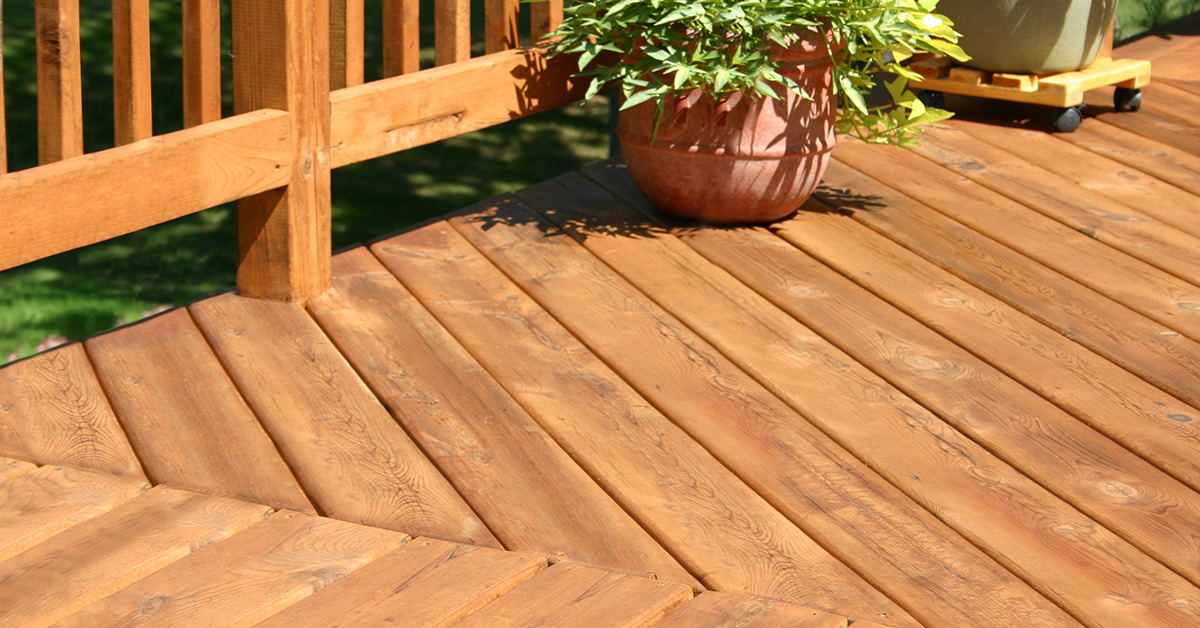

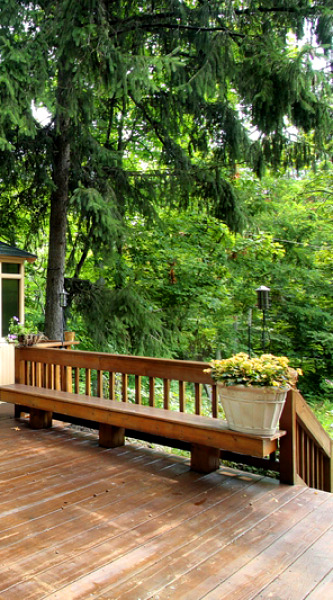 Seating
Seating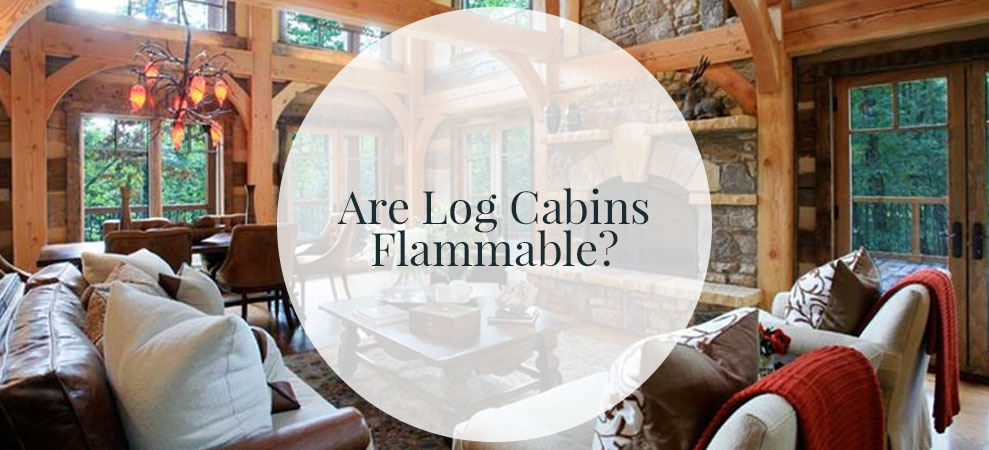
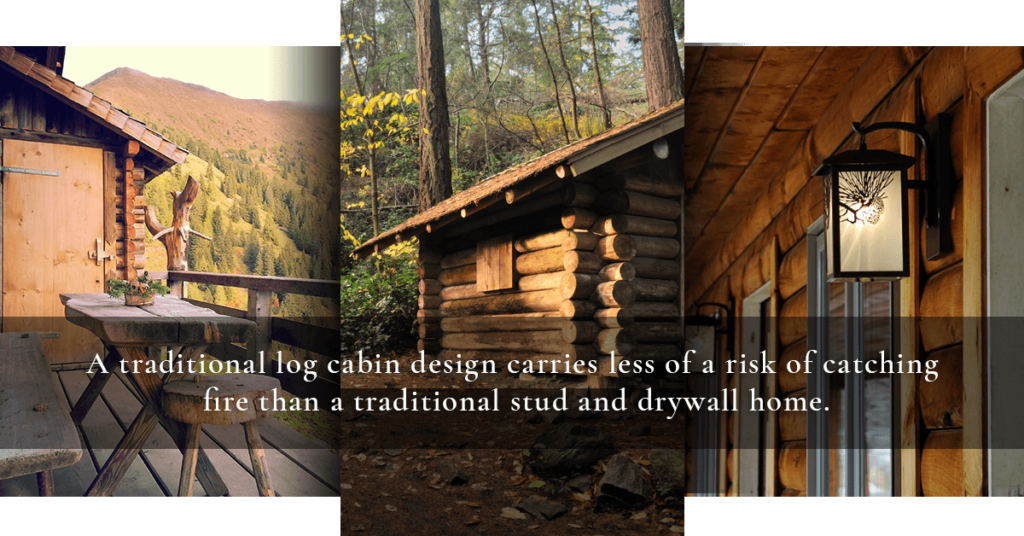
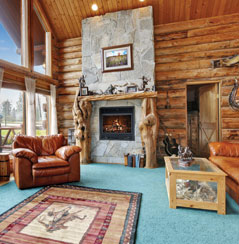 Log Cabin Designs
Log Cabin Designs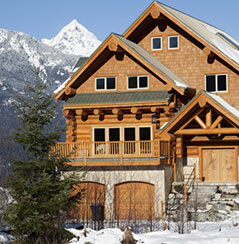 An Additional Benefit
An Additional Benefit